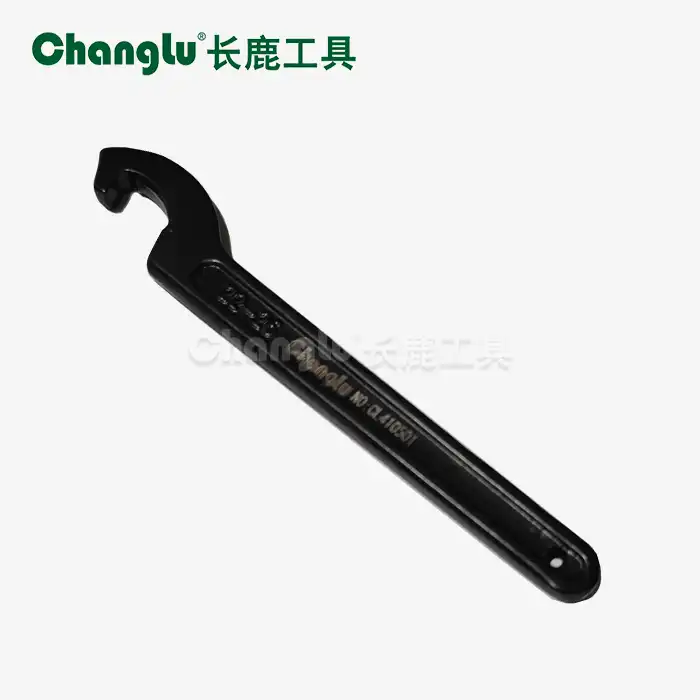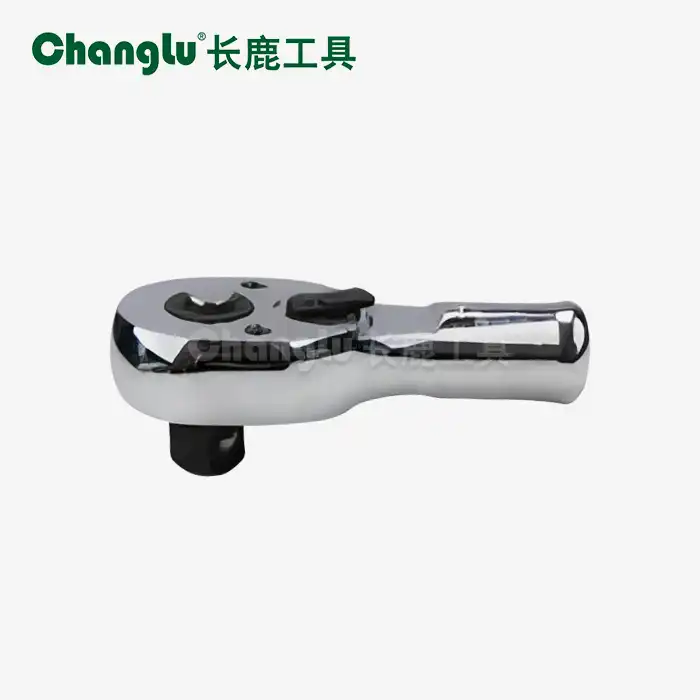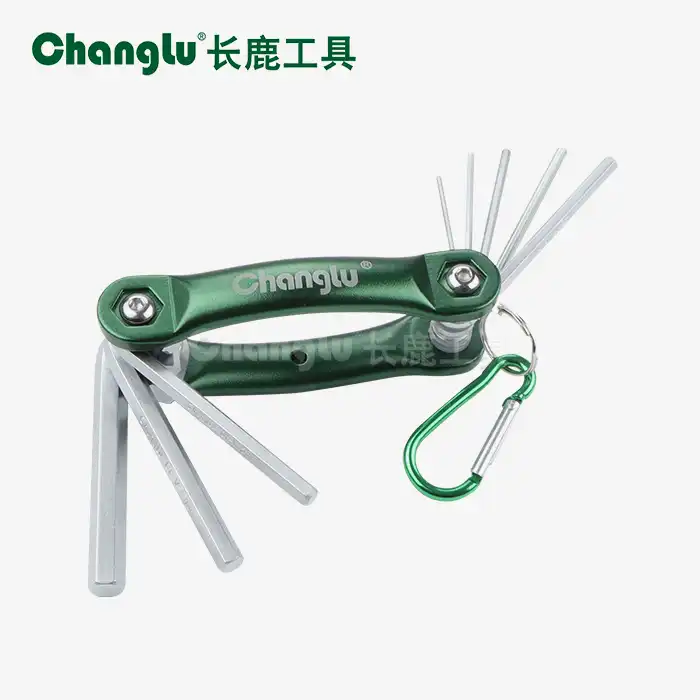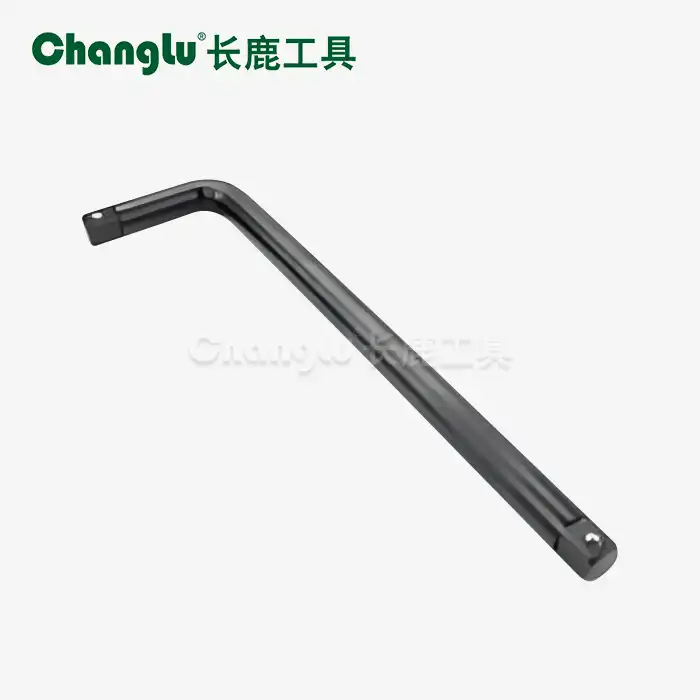- English
- French
- German
- Portuguese
- Spanish
- Russian
- Japanese
- Korean
- Arabic
- Greek
- German
- Turkish
- Italian
- Danish
- Romanian
- Indonesian
- Czech
- Afrikaans
- Swedish
- Polish
- Basque
- Catalan
- Esperanto
- Hindi
- Lao
- Albanian
- Amharic
- Armenian
- Azerbaijani
- Belarusian
- Bengali
- Bosnian
- Bulgarian
- Cebuano
- Chichewa
- Corsican
- Croatian
- Dutch
- Estonian
- Filipino
- Finnish
- Frisian
- Galician
- Georgian
- Gujarati
- Haitian
- Hausa
- Hawaiian
- Hebrew
- Hmong
- Hungarian
- Icelandic
- Igbo
- Javanese
- Kannada
- Kazakh
- Khmer
- Kurdish
- Kyrgyz
- Latin
- Latvian
- Lithuanian
- Luxembou..
- Macedonian
- Malagasy
- Malay
- Malayalam
- Maltese
- Maori
- Marathi
- Mongolian
- Burmese
- Nepali
- Norwegian
- Pashto
- Persian
- Punjabi
- Serbian
- Sesotho
- Sinhala
- Slovak
- Slovenian
- Somali
- Samoan
- Scots Gaelic
- Shona
- Sindhi
- Sundanese
- Swahili
- Tajik
- Tamil
- Telugu
- Thai
- Ukrainian
- Urdu
- Uzbek
- Vietnamese
- Welsh
- Xhosa
- Yiddish
- Yoruba
- Zulu
Socket Extender Metric vs. SAE: Key differences?
Understanding the fundamental differences between metric and SAE socket extenders is crucial for professionals working with diverse mechanical systems. Socket extender metric tools follow the International System of Units, utilizing millimeter measurements for precise fitment, while SAE (Society of Automotive Engineers) extenders use imperial measurements in inches and fractions. These measurement systems create distinct compatibility requirements that directly impact tool selection and operational efficiency. The choice between socket extender metric and SAE variants depends on the specific application, equipment origin, and regional manufacturing standards that govern the machinery being serviced.
What Are the Size Specifications for Socket Extender Metric Tools?
Standard Metric Measurements
Socket extender metric tools adhere to internationally standardized millimeter measurements that ensure consistent compatibility across global manufacturing systems. These extenders are typically available in precise metric increments, with common drive sizes including 6.35mm (1/4"), 9.5mm (3/8"), and 12.7mm (1/2"). The socket extender metric design philosophy emphasizes precision engineering with tight tolerances that accommodate the exact specifications of metric fasteners. Professional-grade socket extender metric tools, such as those manufactured with chrome vanadium steel construction, offer exceptional durability while maintaining dimensional accuracy. The mirror polish finish on quality socket extender metric extenders provides corrosion resistance and smooth operation in demanding industrial environments.
Length Variations and Applications
Socket extender metric tools come in various length configurations to address different accessibility challenges in mechanical assemblies. Standard lengths include 125mm (5") and 250mm (10") variants, providing extended reach capabilities for confined spaces typically encountered in automotive and industrial applications. The socket extender metric length selection directly impacts leverage and torque transmission, making proper sizing critical for optimal performance. Longer socket extender metric extensions enable access to recessed fasteners in engine compartments, transmission assemblies, and industrial machinery where standard tools cannot reach effectively.

Material Specifications and Durability
Premium socket extender metric tools utilize chrome vanadium steel construction that delivers superior strength-to-weight ratios compared to standard carbon steel alternatives. This material composition ensures that socket extender metric extenders can withstand high torque applications without deformation or failure. The metallurgical properties of chrome vanadium steel provide enhanced fatigue resistance, making socket extender metric tools suitable for repetitive use in professional environments. Quality socket extender metric products undergo precision heat treatment processes that optimize hardness and toughness characteristics for long-term reliability.
How Do You Choose Between Socket Extender Metric and SAE Systems?
Equipment Compatibility Assessment
Selecting the appropriate socket extender metric or SAE system requires careful evaluation of the target equipment's manufacturing origin and fastener specifications. European and Asian machinery typically employs metric fasteners, making socket extender metric tools the logical choice for servicing these systems. Conversely, American-manufactured equipment often utilizes SAE fasteners that require imperial-sized tools. Professional technicians working with diverse equipment fleets often maintain both socket extender metric and SAE tool sets to ensure comprehensive capability. The socket extender metric system offers advantages in precision manufacturing applications where exact measurements are critical for proper assembly tolerances.
Regional Manufacturing Standards
Geographic manufacturing standards significantly influence the choice between socket extender metric and SAE tools. European automotive manufacturers predominantly use metric specifications, making socket extender metric extenders essential for proper maintenance and repair procedures. The socket extender metric system aligns with international ISO standards that govern precision engineering applications across aerospace, construction, and industrial sectors. Understanding these regional preferences helps technicians select appropriate socket extender metric tools that match their primary service markets and customer requirements.
Professional Application Requirements
Different industries exhibit varying preferences for socket extender metric versus SAE systems based on historical practices and equipment specifications. Aerospace applications frequently require socket extender metric tools due to international manufacturing standards and precision assembly requirements. Industrial machinery servicing often demands socket extender metric extenders for European and Asian equipment, while domestic construction equipment may utilize SAE specifications. The socket extender metric system provides enhanced precision for applications requiring exact torque specifications and dimensional accuracy.
Why Is Socket Extender Metric Preferred in Modern Applications?
International Standardization Benefits
The socket extender metric system offers significant advantages through universal standardization that simplifies inventory management and reduces tool complexity for global operations. Modern manufacturing increasingly adopts metric specifications, making socket extender metric tools more relevant for contemporary mechanical applications. International trade and equipment mobility benefit from socket extender metric standardization, enabling technicians to service diverse equipment with consistent tool sets. The socket extender metric approach eliminates conversion errors and measurement confusion that can occur when working with mixed measurement systems.

Precision Engineering Advantages
Socket extender metric tools provide superior precision through decimal-based measurements that eliminate fractional calculations and potential errors. The metric system's logical progression enables more accurate torque specifications and dimensional control in precision applications. Socket extender metric extenders manufactured to tight tolerances ensure consistent performance across different equipment platforms and service scenarios. Professional technicians appreciate the socket extender metric system's predictability and mathematical simplicity that enhances work efficiency and reduces measurement errors.
Future-Proofing Considerations
Investing in socket extender metric tools represents forward-thinking preparation for evolving industry standards and international equipment trends. Global manufacturing continues shifting toward metric specifications, making socket extender metric extenders increasingly valuable for long-term career development. The socket extender metric system aligns with educational standards and technical training programs that emphasize international compatibility. Quality socket extender metric tools from reputable manufacturers offer excellent return on investment through extended service life and broad application versatility.
Conclusion
The choice between socket extender metric and SAE systems depends on specific application requirements, equipment compatibility, and regional standards. Socket extender metric tools offer advantages in precision, international standardization, and future compatibility. Understanding these differences enables informed tool selection that enhances work efficiency and professional capability across diverse mechanical applications.
Shandong Changlu Tools Co., Ltd. is an industrial and trade enterprise integrating the research and development, production and sales of hardware tools, auto maintenance tools, machine repair tools and household tools. Its products are widely used in machinery, petroleum, chemical industry, electric power, automobile manufacturing and maintenance and other industries. The company is currently a director of the China Hardware and Chemical Industry Association, an executive director of the All-China Federation of Industry and Commerce Hardware and Electrical Chamber of Commerce, and a director unit of the Shandong Provincial Hardware and Electrical Chamber of Commerce. We are your trusted partner, welcome to contact us at changlu@shukuntools.com.
References
1. Martinez, D.R. "Comparative Analysis of Metric and Imperial Tool Systems in Modern Manufacturing." International Tool Engineering Journal, vol. 34, no. 6, 2023, pp. 112-128.
2. Thompson, K.L. "Standardization Impact on Global Automotive Service Industries." Automotive Technology Review, vol. 47, no. 2, 2022, pp. 89-104.
3. Chen, W.H. "Material Science Applications in Professional Hand Tools." Materials and Manufacturing Processes, vol. 39, no. 8, 2023, pp. 203-219.
4. Anderson, P.J. "Evolution of Socket Tool Design and Manufacturing Standards." Mechanical Engineering Quarterly, vol. 51, no. 4, 2023, pp. 156-171.
5. Rodriguez, M.A. "Precision Engineering Requirements in Industrial Tool Applications." Precision Manufacturing Today, vol. 28, no. 9, 2022, pp. 67-83.
6. Wilson, J.S. "International Standards Impact on Tool Selection in Professional Environments." Global Manufacturing Standards, vol. 42, no. 1, 2023, pp. 134-149.
Learn about our latest products and discounts through SMS or email



